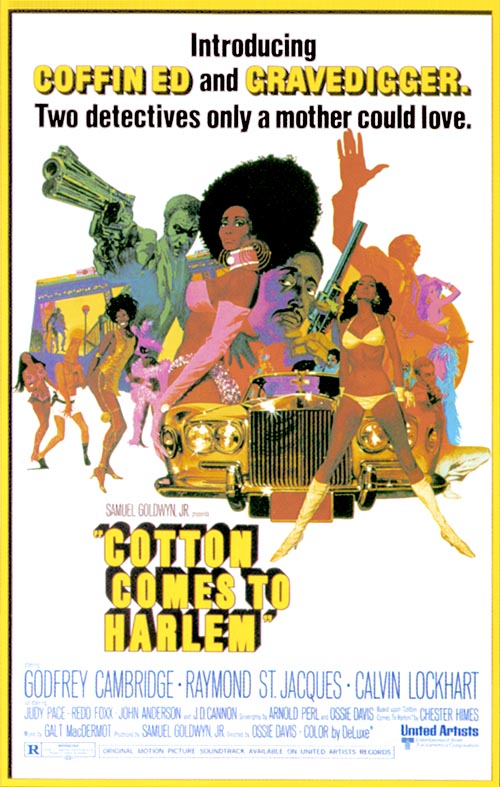
DVD Review: Black Hollywood: Blaxploitation And Advancing An Independent Black Cinema
Originally released in 1984, Black Hollywood: Blaxploitation And Advancing An Independent Black Cinema is an often fascinating documentary focusing on the history of black filmmakers and actors attempting to break through the color barrier in Hollywood.
What makes this DVD so fascinating -- especially when viewed now through the time tunnel of the present day -- is just how far we have actually come, yet how very far we still have to go.
There is an eerily prophetic sense you get watching veteran actors like Jim Brown in the interviews here talk about the breakthroughs made by Micheal Jackson in music for example. In this segment, Brown proposes that the film industry should adopt a similar model as the record industry of that time -- where careers of musicians like Jackson were built from the ground up on black radio, and by black owned labels like Motown. As prophetic as Brown sounds here, he obviously could never have imagined the way that the internet would turn such models upside down just a few short years down the road.

Far more interesting is the way this documentary goes deep into the history of black cinema, and how pioneers from Dorothy Dandridge to Sidney Poitier to Richard Pryor paved the way for the (at least comparatively speaking) more color blind images of African-Americans we see portrayed in cinema today.
As a white man who has always enjoyed African-American culture -- both in movies, and especially in music -- I have to admit that this documentary opened my eyes up quite a bit. Interspersed between interviews with people like Brown, comedian Paul Mooney, actress Alfre Woodard, and a rare interview with Lorenzo Tucker (who, as Hollywood's first black leading man was fashioned as the "Black Valentino"), is a fascinating history of how blacks were portrayed in cinema through a series of historical film clips.

Watching scenes from movies like D.W. Griffith's Birth Of A Nation, and those featuring such stereotypical characters as Steppin' Fetchit for example, it's hard to reconcile such portrayals with the ultra liberal image many have of today's Hollywood. This is not just a history lesson, but an indictment of the institutionalized racism that existed in that so-called "enlightened" artistic community for so many years.
When Jim Brown talks about how he could never identify with a film like Gone With The Wind for example -- because the guy he saw on the screen wasn't Rhett Butler, but rather Big Jim -- you really start to get a sense of the struggle black actors and actresses had to endure. Many of the other interviews included here reveal how these same actors would accept such roles -- as prostitutes, lowlifes, junkies, and the like -- in the hopes of a break, or to simply put bread on the table.

It's almost enough to make me feel guilty for enjoying movies like Shaft and Superfly in the seventies. Well, almost. I mean let's face it, those were some kick-ass films. And as far as sexy screen females go, give me Foxy Brown any day.
That aside, Black Hollywood: Blaxploitation And Advancing An Independent Black Cinema does an excellent job of putting all of this in its proper perspective -- albeit through the prism of 1984, as Grandmaster Flash's "The Message" reminds us continuously in the soundtrack. How could we have known where that song alone would have led way back then?
When Jim Brown talks about the possibilities of Jesse Jackson running for president in the eighties, you can see how far we have since come. And how far, we apparently still have to go.
No comments:
Post a Comment